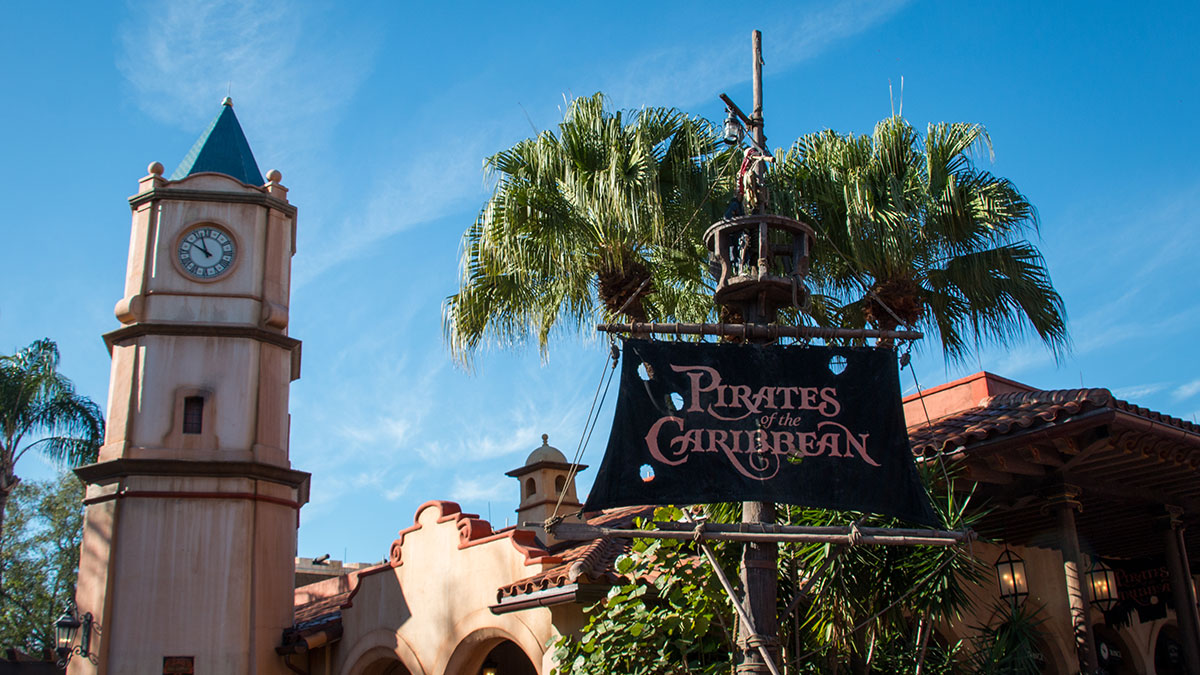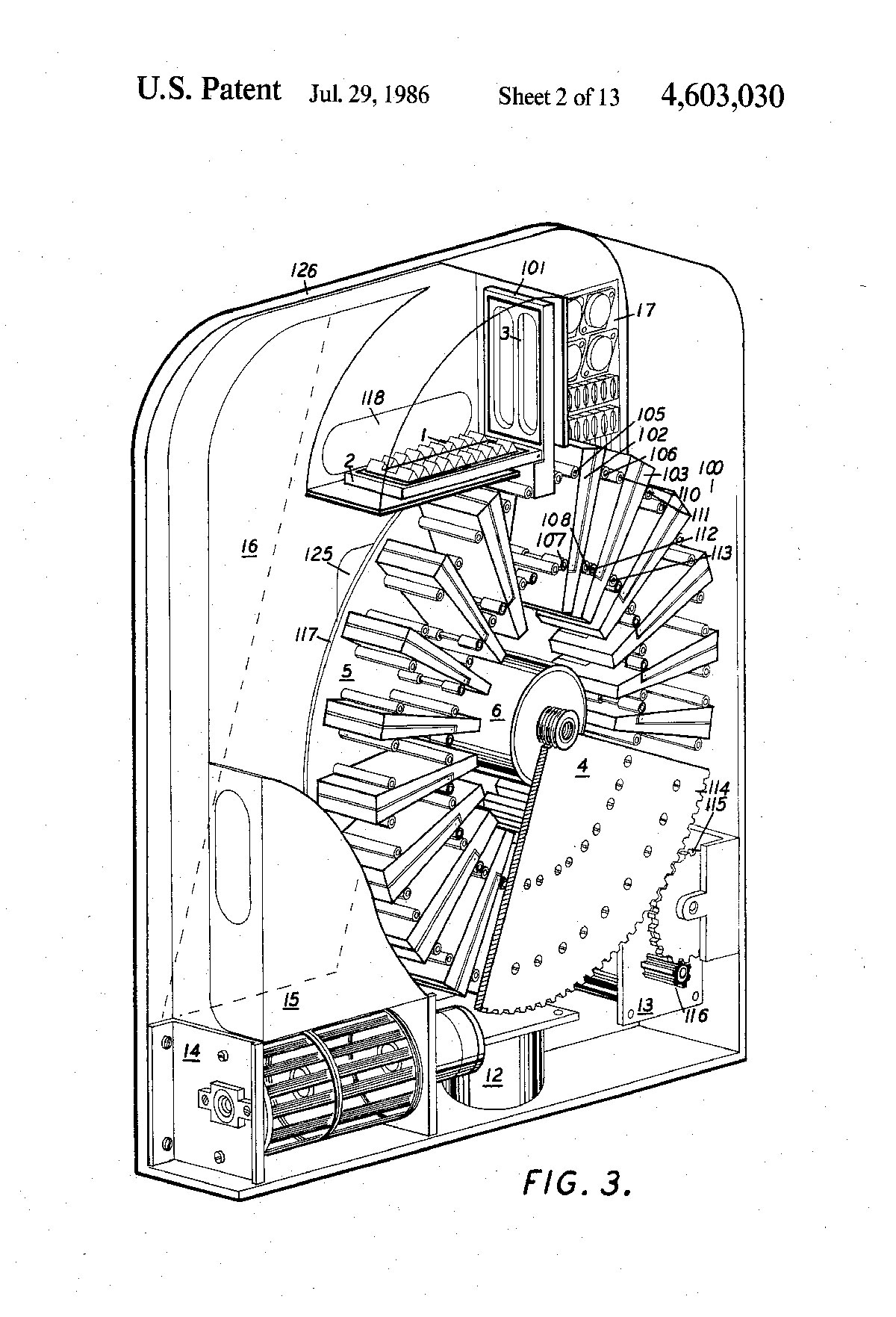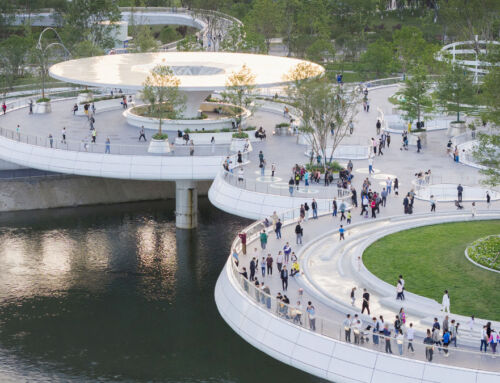In the painstaking art of creating – and sometimes reproducing – imaginary worlds, there is an element that hovers in the air, literally, that makes experiences more vivid occasions. Indeed, aromas have become silent and invisible allies of theme park experience design. As visitors admire theme park attractions – for example, a medieval village or a pirate harbour – it is their sense of smell that certifies the authenticity of the journey.
Neuroscience has shown that aromas trigger emotional memory, with an intensity that surpasses any other sense. Disney capitalised on this phenomenon when it introduced its first Smellitizers in the 1970s. It thus created what today we could perfectly well call olfactory augmented reality.
For example, on Main Street, U.S.A. – a typically American street inspired by Walt Disney’s hometown, at the foot of the famous Sleeping Beauty Castle, which greets visitors after crossing the gates into Disneyland – freshly baked biscuit scents are emitted to evoke a sense of nostalgia and warmth. In contrast, in the Pirates of the Caribbean attraction, the scent that adds authenticity to the experience and hangs in the air is slightly damp and warm, of wet wood and sea salt.

Michael Gray | Wikimedia | CC BY-SA 2.0
But in addition to strengthening immersion, smells also influence the perception of food and gastronomic experiences. In fact, some aromas stimulate appetite and enhance culinary satisfaction. For example, in a restaurant themed on ancient Rome, the fragrance of freshly baked bread, combined with Mediterranean herbs, makes diners salivate and prepares the palate before even tasting the first bite.
By Manuel Ginés, Senior Architect in Amusement Logic’s Architecture Dept.







